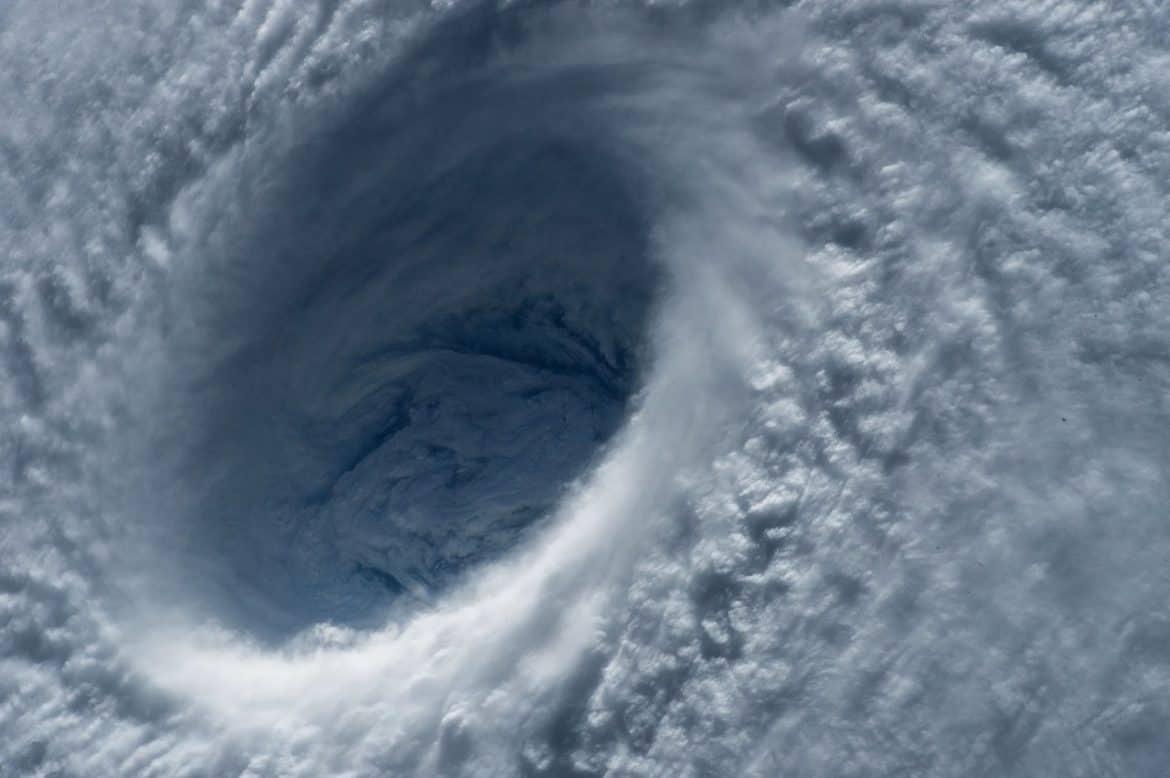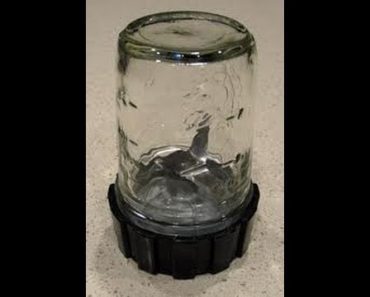This guest post is courtesy of Joe Perko, Director of Field Services at Rapid Refile is a recognized leader in document restoration and recovery, vacuum-freeze drying, mold remediation and flood restoration services for businesses and individuals. Avoid Document Restoration Needs: How to Prepare The Atlantic hurricane season runs from June 1 to Nov. 30 and […]
Month: October 2012
Who gave you the right to take my Guns from me
I love Steve Lee and the Lees, my son grew up (and still grows up) dancing to “I like guns”, but while the Lees have some whimsical songs that are fun to listen to, they also have some very powerful ideals behind their music. Steve Lee gives a monologue before the music video to […]
Organizing your Community for Disaster
It’s a well-known idea in the prepper community that you cannot survive alone. Some folks may want to ignore this and try to get everything they could ever need, but prepping is not just about stuff. No single person can ever be totally self-sufficient – There will always be something you do not have the […]
How to Can Meatloaf for a Easy Meal
I saw this idea for canning meatloaf on YouTube (user BexarPrepper), and wanted to try it out. Her recipe looked really good, but I realize most everyone has a meatloaf recipe so I would not bore you with mine (especially since it has not measurements and changes based upon my feelings and the ingredients […]
How to Use Mason Jars with a Blender
This Mason Jar Blender Tip is a simple trick that can make your kitchen life easier. It seems like many/most blender manufacturers designed the threads of their blender jars to match the threads of canning jars. This means that in many cases (especially with older blenders) you can make a Mason Jar Blender. Simply can […]





